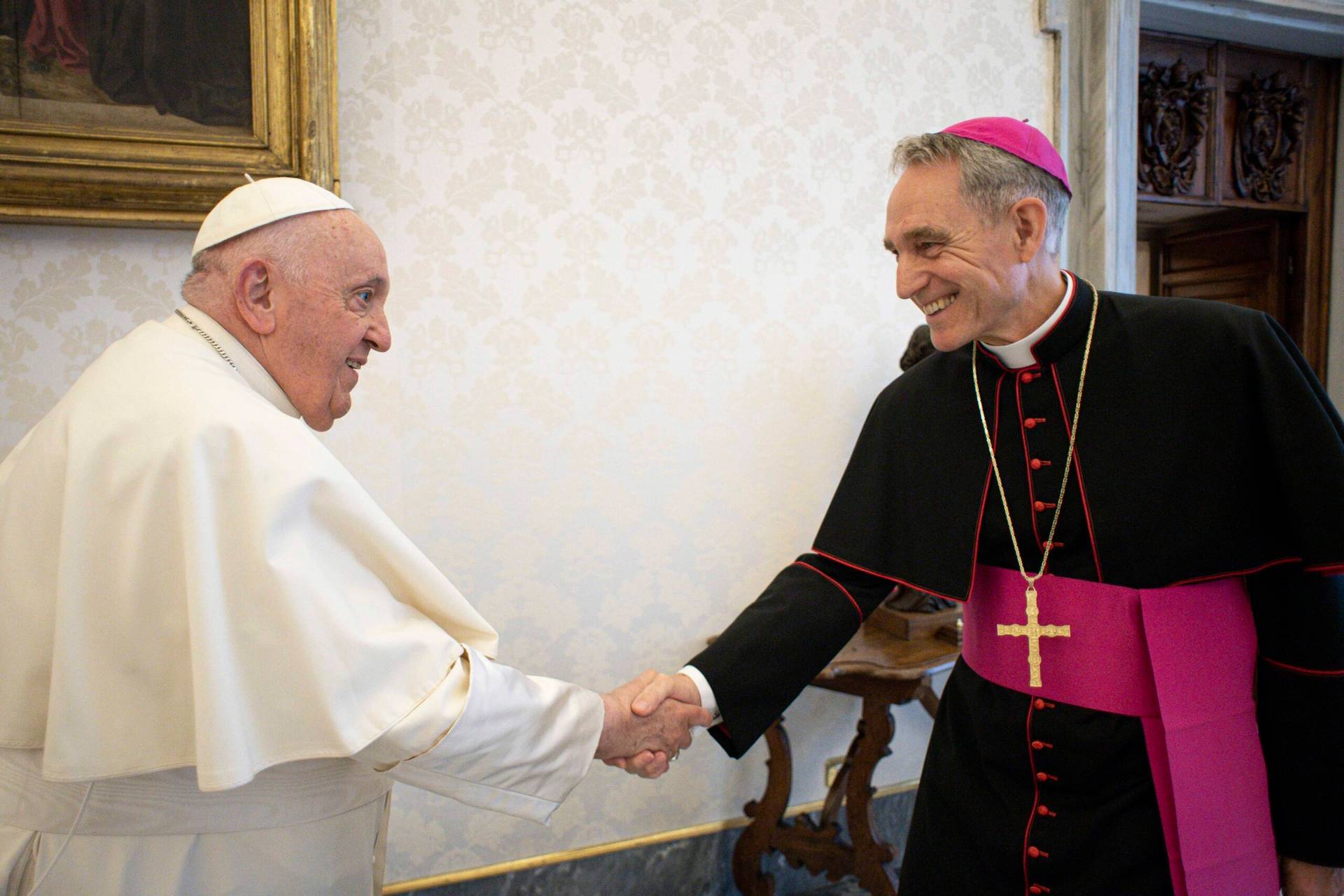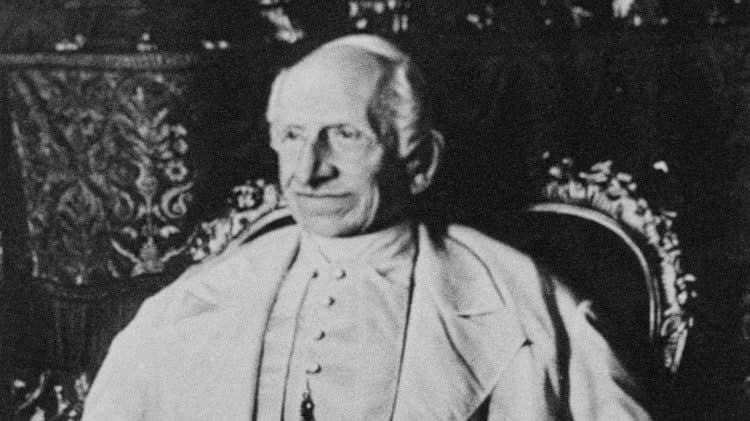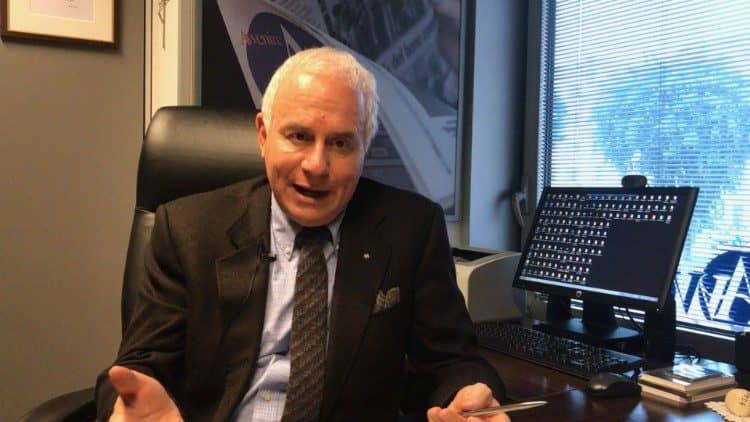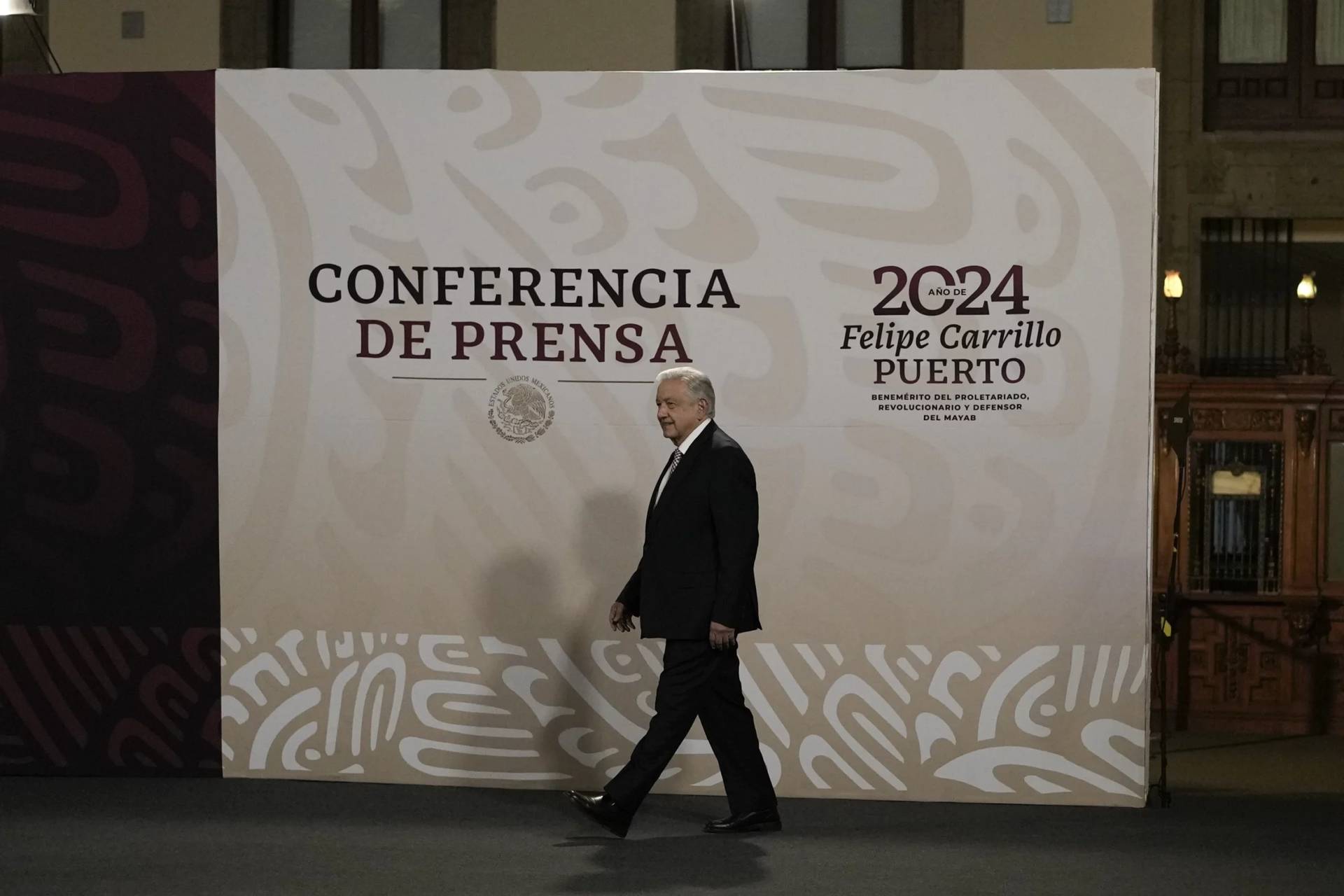On Good Friday, we are reminded that even on the darkest of days, Easter is coming.
This year, we are looking to a different sort of Easter. We’re waiting for the “peak” in coronavirus cases, while at the same time trying to flatten the curve that gets us there.
Right now, at least in the English-speaking world, we don’t know when the peak will happen. We do know it is going to get worse before it gets better.
However, when governments begin to open their societies, finding safe ways for Catholic priests to give Last Rites might not be high on a bureaucrat’s agenda; and that same government official will certainly be overly worried about the consequences of opening churches, which can bring together large groups of people in confined spaces.
If the hierarchy depends solely on “government advice” about re-starting liturgical life, they may be waiting a long time: It would probably be bad image if other parts of the neighborhood – shops, restaurants, and schools – slowly begin to come to life, but the local parish church still had a “closed indefinitely” sign hanging on the door.
Church leaders should be thinking about these things now, brainstorming with experts on ways to safely return sacramental life to the laity, even if on a limited basis. At the same time, their parishioners need to realize that “normal worship” might not come back for a while.
What are some of the possibilities of “post-peak” Church life?
1) Churches could suddenly have hand sanitizer at entrances, face mask requirements, and see strict enforcement of social distancing, even when open for private prayer.
2) Unusual concessions could be made to provide for the safe celebration of the Mass. In addition to the above points, the Sunday Mass obligation could continue to be suspended, and liturgies might be “ticket only”, with people attending Mass on different days throughout the week, so to ensure social distancing requirements can be met. Certain practices – such as the sign of peace and the collection basket – would probably have to be modified, to limit the threat of contagion.
3) Priests might have to go through “best practices” training, to make sure every precaution is made to prevent the transmission of the virus. This includes how Communion is distributed, and how the clergy interact with the laity before and after Mass.
4) Those most vulnerable to infection – the elderly and those with preexisting conditions – will have to be especially cared for spiritually, since they are likely to be encouraged to stay quarantined for far longer than the rest of the population. This might include confessions through screened windows at home, and Communion given at the door.
5) The celebration of the other sacraments could also be modified: Baptisms might only involve the parents; confessions would probably have to be done outside of compact – and germ-friendly – confessionals; marriages would be under the same strict rules for regular Masses; the Sacrament of the Sick would be reserved for the most serious cases, with all proper safety protocols observed; and Confirmation for adolescents might possibly be suspended indefinitely.
6) Throughout this period, the hierarchy probably should petition the government to recognize the special role clergy serve in the community, to ensure their right of movement is respected and to give them priority in testing for the virus.
Of course, this is just spitballing ideas – different solutions will work for different places. It’s a lot easier to keep social distancing and offer such things as drive-through confessions in cavernous churches on sprawling parish compounds in the suburbs of the southern United States than it is in the very small parish churches often located on neighborhood lanes in English towns and cities.
In this strange 2020, most of the world is in a strange never-ending Good Friday: Churches are closed, Masses are cancelled, and most of the liturgical life of the faithful is confined to a livestream on a computer screen.
Whenever I have asked any Church official about how they are planning for re-opening churches and re-starting public Masses, I have received the same answer: “It is too soon to think about it.”
But the fact is: Eventually, we will get over the peak, and the Church needs to be thinking about it, because it won’t be as straightforward as just returning to pre-coronavirus practice.
The lockdown will be lifted gradually, and depending upon how things develop, social distancing requirements may be in place for over a year, or even longer.
At the beginning of the crisis, most Church authorities were deferential to government officials, and probably rightly so, given the seriousness of the pandemic.
At the same time, most prelates have been more reactive than proactive in the face of COVID-19: The “creative” pastoral responses praised by Pope Francis have primarily come from local parish priests, not their bishops.
But planning should be happening now; after all, even on Good Friday, we are an Easter people.
Follow Charles Collins on Twitter: @CharlesinRome
















